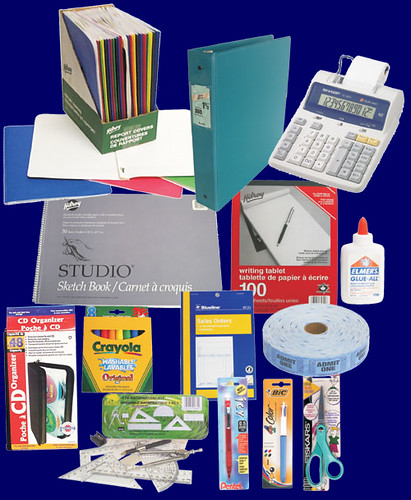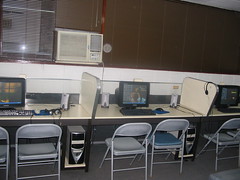This album is powered by BubbleShare - Add to my blogJuly 9th, 2007
More than a month later, here's my attempt to report my experience at the Congress:
The
Conference on Applied Technology in Language Teaching was held at the School of Languages of Córdoba University from May 21st to 23rd. This congress brought together more than 150 First and Foreign Language teachers from all over the country to share experiences and discuss the most important issues related to online learning, blended learning (a combination of face to face instruction and distance learning), and the integration of new technologies into the language classroom.
Since most of the presenters and attendees taught languages in a higher education setting, most presentations dealt with the pedagogical concerns and the impact of distance learning at this level. Many professors focused on the specific features and functions of Virtual Learning Environments (VLE), especially on a new open source course management system (CMS) called Moodle, to which most universities are switching.
In this context, Professor
Fred Kemp’s video conference, sponsored by the Cultural Affairs Section of the US Embassy in Buenos Aires, made a significant contribution by introducing new concepts related to the impact of the Internet in our knowledge society and the challenges it poses on education. He pointed out that in a knowledge-saturated society, teachers have the vital role of teaching students how to select, classify and interpret relevant information by helping them become critical readers and consumers. In addition, he referred to a number of computer-mediated communication tools, such as blogs, wikis and podcasts that are allowing our students to interact with the world and have a real audience for their writing.
Another important contribution was that of
Nik Peachey (British Council) who gave a workshop on the use of a virtual classroom called
Nicenet and a presentation in which he shared web-based resources for EFL teachers. He also talked about the importance of Communities of Practice and presented some of them such as
Webheads in Action and our group,
Learning with Computers. After the presentation I approached Nik and thanked him for helping us spread the word about our community among Argentinian teachers.
On the whole, it was a very enriching experience. I met Foreign Language teachers from all over the country who shared their excitement and successful experiences, but also their fears and failures . I noticed there's still some apprehensiveness and resistance to change as well as great uncertainty as to the role of technology in education. As a matter of fact, I even felt the discussion was somewhat anachronistic at times compared to the things we experience in our online communities. However, I was thrilled to be able to take part in that discussion and express my point of view. Before that, I really wasn't sure I could make any valuable contributions to the congress, so it turned out to be quite a challenge.
The big paradigm shift is underway and it feels just great to be a part of it.






